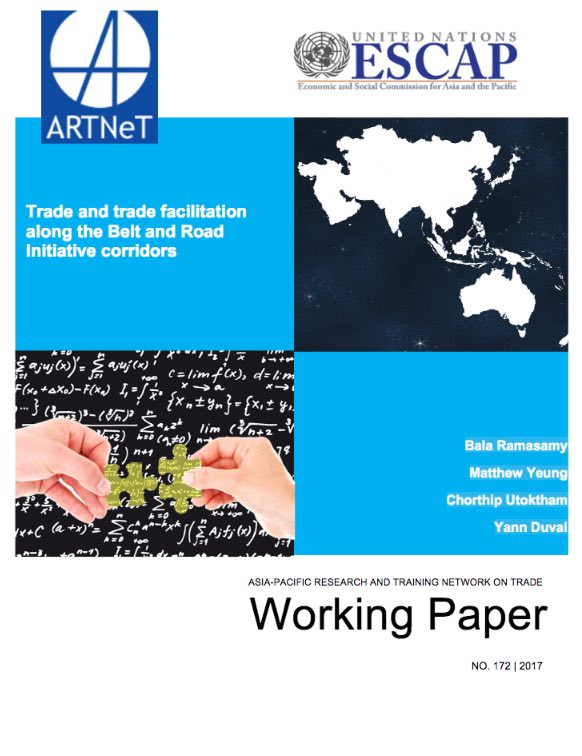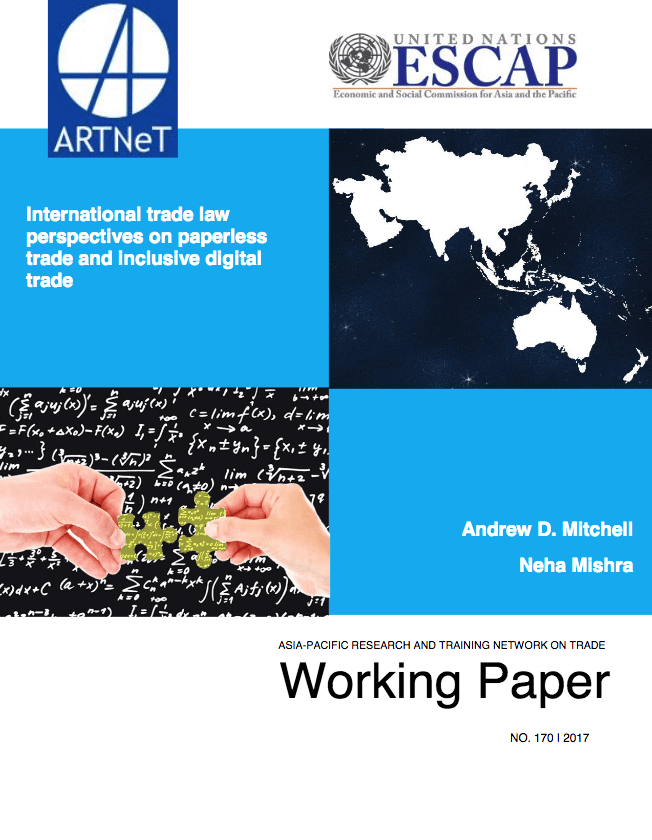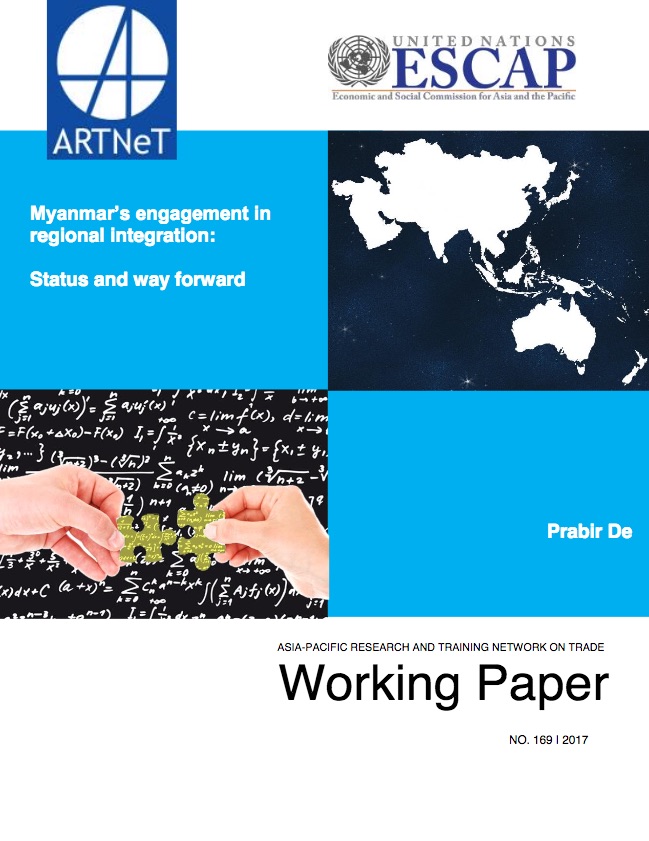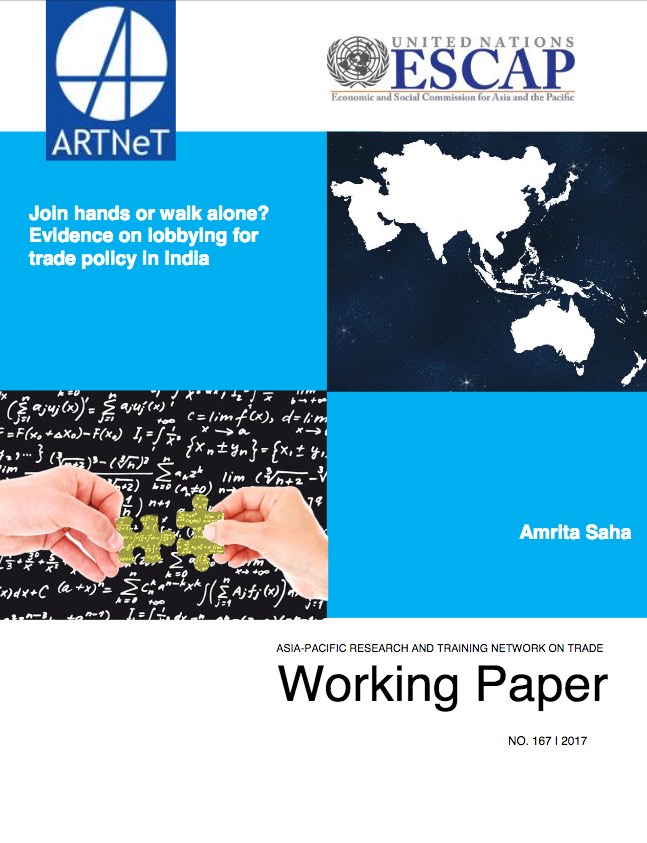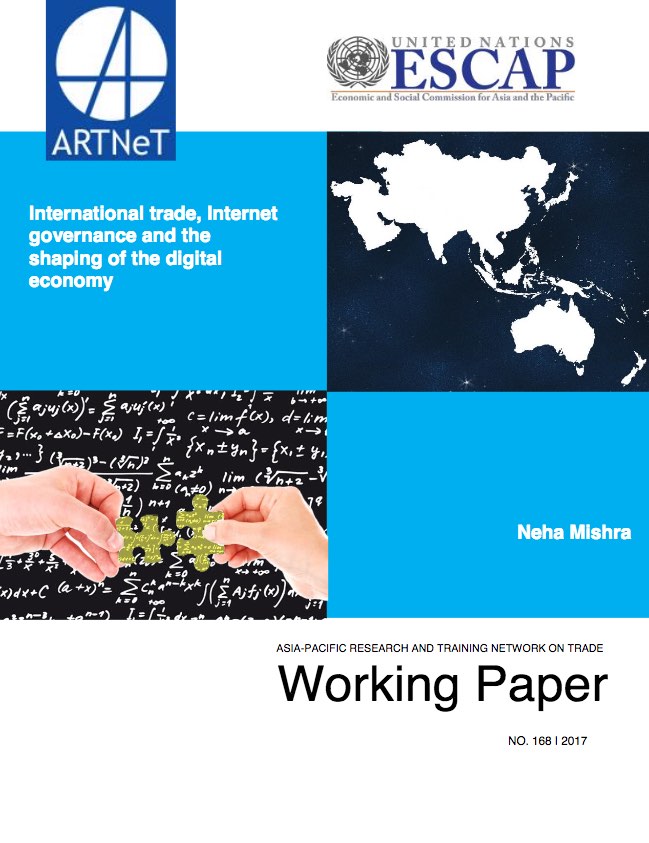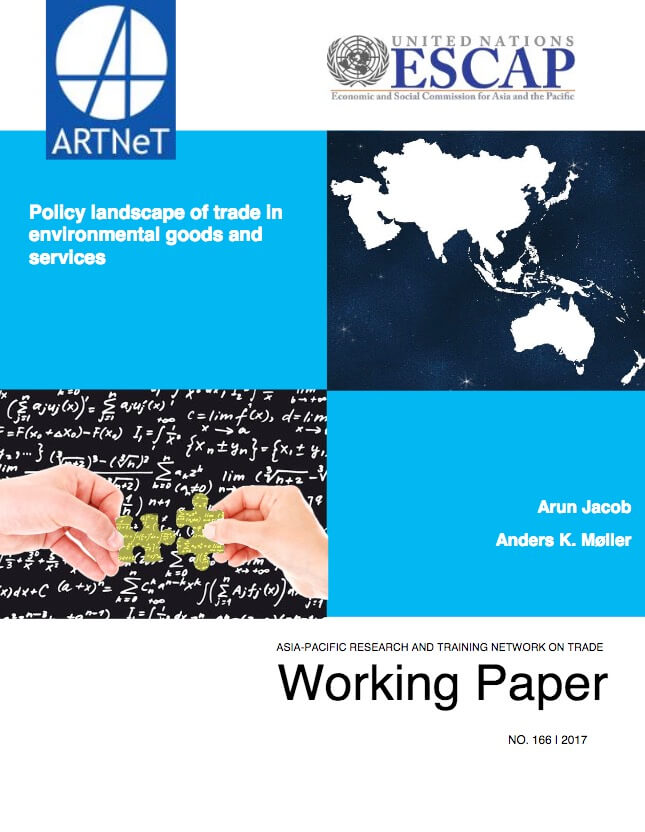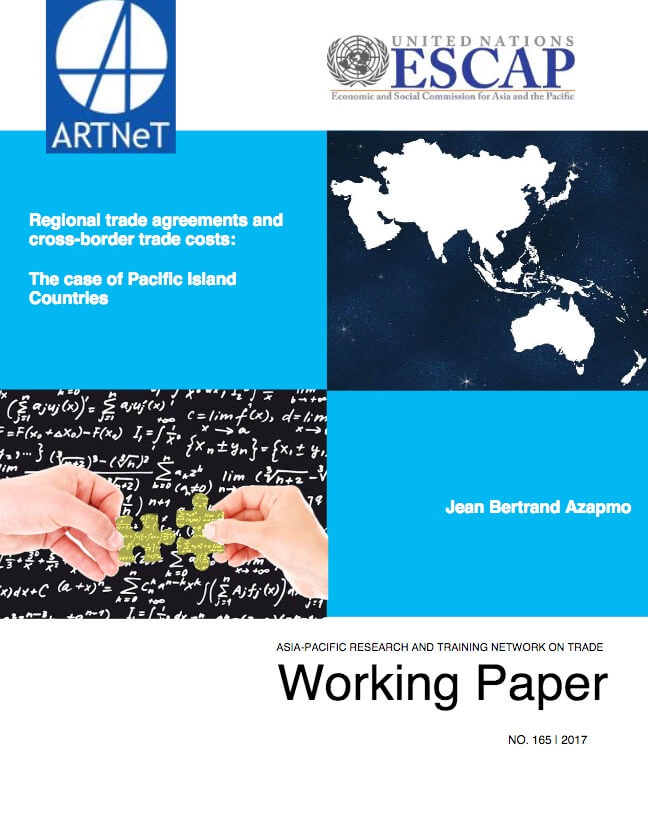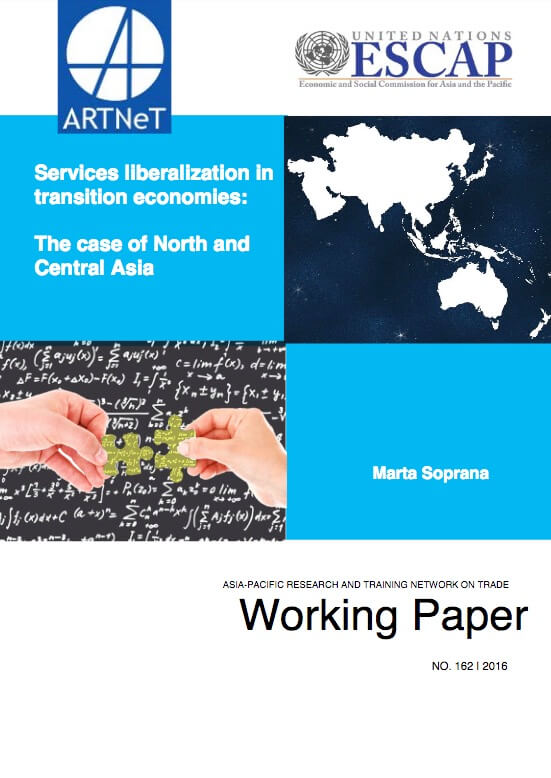Trade and trade facilitation along the Belt and Road Initiative corridors
The Belt Road Initiative (BRI) suggested by China’s President Xi Jinping provides an ambitious vision encouraging a new level of cooperation among countries along several economic corridors spanning most of the Asian economies member of ESCAP. This paper reviews the trade and trade facilitation situation of economies along each of the corridors and analyzes the potential impact on trade from improvements in hard (physical connectivity via good quality transportation networks) and soft (efficient trade facilitation via an effective border administration and use of ICT) infrastructures.

